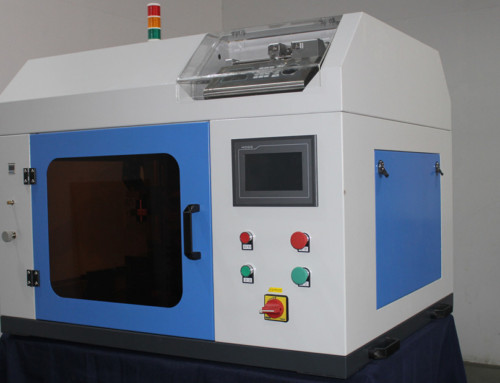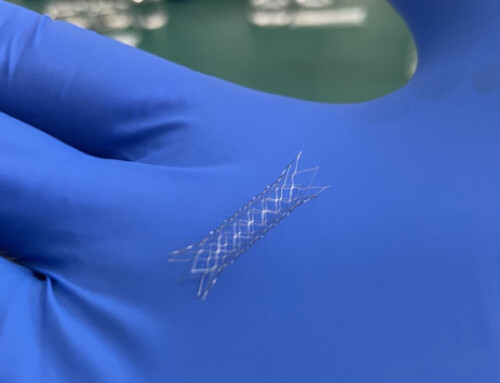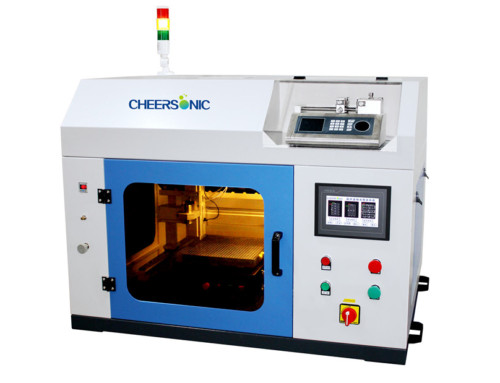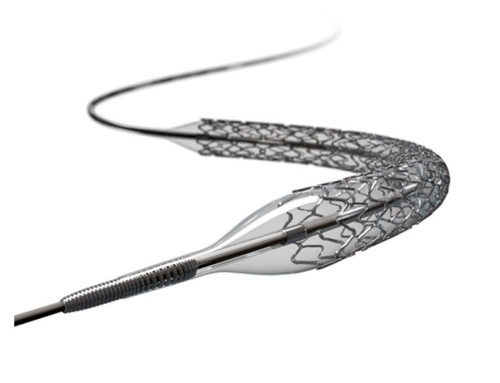Project Description
Ultrasonic spraying Works
 Each ultrasonic nozzle operates at a specific frequency, which determines the droplet size. The nozzles are made of very high strength titanium alloys and stainless steel materials, making them extremely resistant to chemical attack and providing excellent performance. The liquid is introduced into the atomizing surface by a non-blocking feed tube extending along the length of the nozzle, creating vibration in the liquid on the atomizing surface. In order to atomize the liquid, the vibration amplitude of the atomizing surface must be carefully controlled. Under the so-called critical amplitude, ultrasonic energy is insufficient to produce atomized droplets. If the amplitude is too high, the liquid is torn open and a large amount of “fluid block” is ejected. Ultrasonic spray-specific low-velocity fine mists are only produced within a specific, narrower range.
Each ultrasonic nozzle operates at a specific frequency, which determines the droplet size. The nozzles are made of very high strength titanium alloys and stainless steel materials, making them extremely resistant to chemical attack and providing excellent performance. The liquid is introduced into the atomizing surface by a non-blocking feed tube extending along the length of the nozzle, creating vibration in the liquid on the atomizing surface. In order to atomize the liquid, the vibration amplitude of the atomizing surface must be carefully controlled. Under the so-called critical amplitude, ultrasonic energy is insufficient to produce atomized droplets. If the amplitude is too high, the liquid is torn open and a large amount of “fluid block” is ejected. Ultrasonic spray-specific low-velocity fine mists are only produced within a specific, narrower range.
 The nozzle shown above has a conical atomizing surface whose purpose is to disperse the spray. In some applications, the spray is very narrow. In this case, the surface of the spray head is flat. According to the width requirements of the spray pattern and the required flow rate, the surface of the spray head is basically divided into the following three types.
The nozzle shown above has a conical atomizing surface whose purpose is to disperse the spray. In some applications, the spray is very narrow. In this case, the surface of the spray head is flat. According to the width requirements of the spray pattern and the required flow rate, the surface of the spray head is basically divided into the following three types.
 The leftmost figure in the figure above shows that the atomization shape of the scattering type ultrasonic nozzle is conical. Under normal circumstances, the atomization and spraying diameter is 50.8 to 76.2mm.
The leftmost figure in the figure above shows that the atomization shape of the scattering type ultrasonic nozzle is conical. Under normal circumstances, the atomization and spraying diameter is 50.8 to 76.2mm.
The center illustration is a focused ultrasonic nozzle with a small columnar shape. This type of ultrasonic nozzle sprays a diameter in the range of 0.381 to 1.016mm. Usually we recommend this type of nozzle for low spray flow, low spray rate, and narrow spray.
The rightmost figure shows that the plane-type ultrasonic spray atomization has a cylindrical shape. This spray pattern has a relatively high flow rate and spray rate, but it has a limited range of lateral spraying compared to the scatter-type ultrasonic nozzle.




